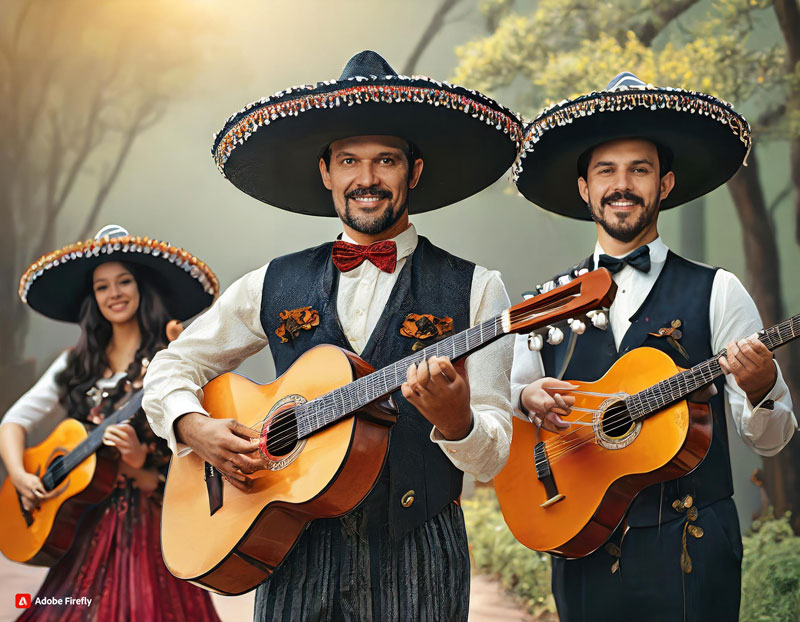Ranchera, also referred to as canción ranchera, is a cornerstone of traditional Mexican music, tracing its origins to the pre-Mexican Revolution era. Defined by its emotive and theatrical essence, ranchera music often revolves around themes of love, depicted through its passionate lyrics. Singers within this genre possess voices that convey intense emotions, capable of stirring even the most apathetic audiences.
The rise of ranchera music can be attributed to the surge of nationalistic fervor following the Mexican Revolution. As rural populations migrated to urban centers, they brought along their musical heritage. In the 1930s, the Mexican government actively promoted ranchera, fostering the production of musical films known as comedias rancheras, featuring acclaimed radio personalities such as Jorge Negrete, Pedro Infante and José Alfredo Jiménez. By the 1950s, ranchera had solidified its status as Mexico’s most popular music genre.
Ranchera compositions typically incorporate rhythms inspired by waltz, polka, and bolero styles as well as guitars from the Spanish tradition. This genre has evolved over time, assimilating diverse influences, including folk and country music. Central to the essence of ranchera is the presence of the mariachi, a quintessential Mexican musical ensemble featuring trumpets, guitars, and violin. The unmistakable sound and image of the mariachi have become synonymous with ranchera music, serving as a global emblem of Mexican culture.
Among the luminaries of ranchera music, José Alfredo Jiménez (1926–1973) stands out as one of the most influential and prolific composers, renowned for his impassioned love ballads and themes of heartbreak.
Another towering figure in the world of rancheras is Vicente Fernández (1940–2021), an international icon who propelled rancheras to unprecedented heights.
Other notable singers include Chavela Vargas (1919–2012); Pedro Infante (1917–1957); Antonio Aguilar (1919–2007); Lola Beltrán (1932–1996); Jorge Negrete (1911–1953); Javier Solís (1931–1966); and Rocío Dúrcal (1944–2006).
The new generation of ranchera artists is represented by Jhon Alex Castaño; Paola Jara; Alzate; Jessi Uribe; Yeison Jiménez; Luis Alberto Posada; Jorge Celedón; and Los Hermanos Medina.


